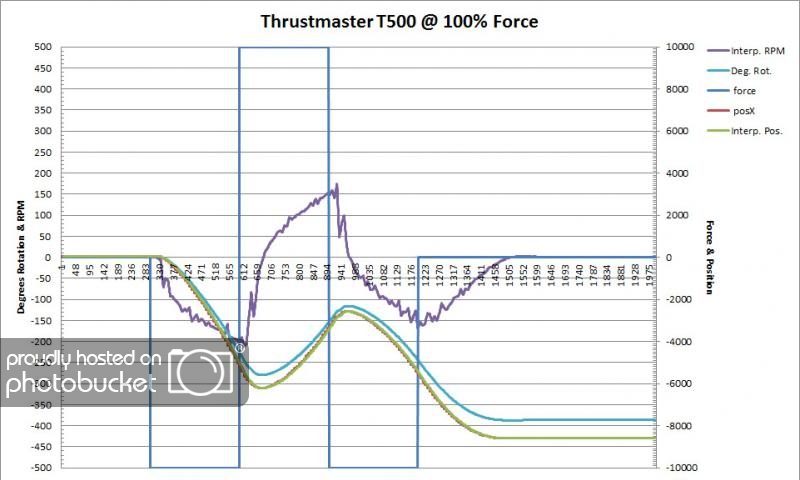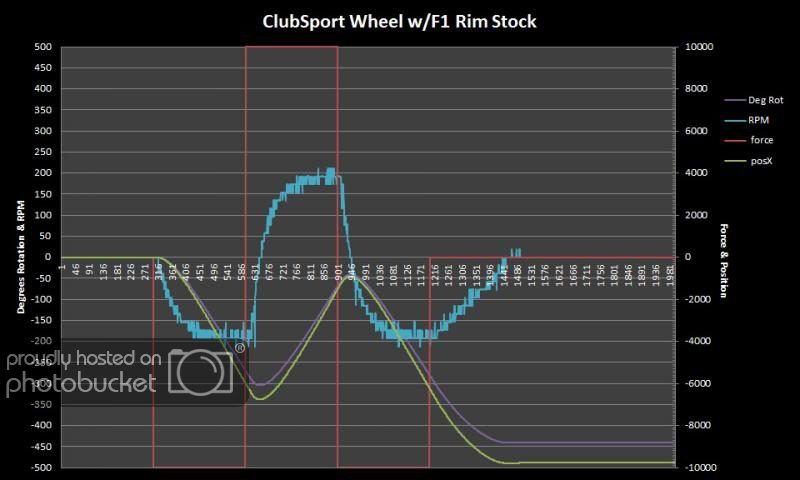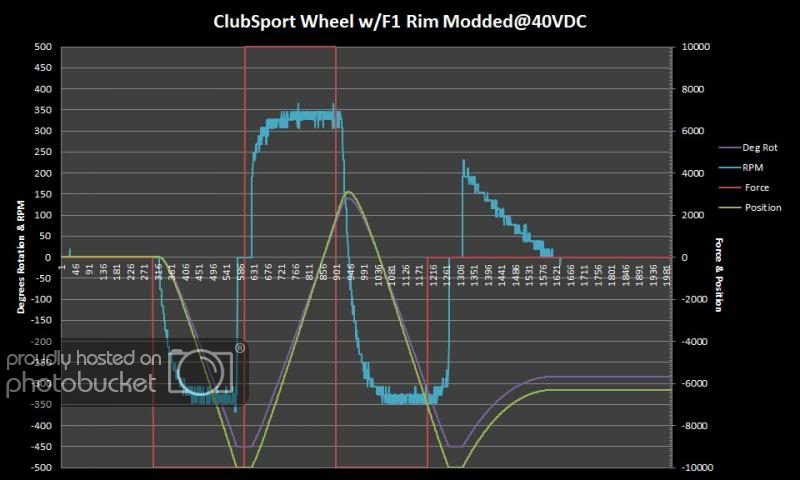- 1,326

- SC
Not sure what your plans were as far as liquid cooling, but Is there any reason something like this wouldn't work if it was the right diameter?
http://www.hobbyking.com/hobbyking/...t_36mm_.html?gclid=COzp68iAhbYCFQ-xnQodomgAeQ
http://www.hobbyking.com/hobbyking/...t_36mm_.html?gclid=COzp68iAhbYCFQ-xnQodomgAeQ



